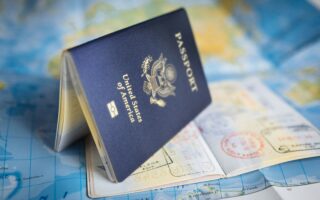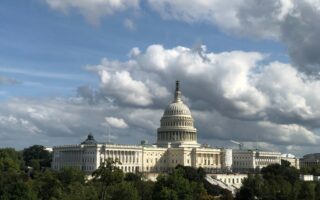Interim Final Rule for H-1B Visas
By Kevin M. Mosher • Oct 16, 2020
On October 8, 2020, the U.S. Citizenship and Immigration Services (USCIS) and the Department of Homeland Security (DHS) published an interim final rule entitled “Strengthening the H-1B Nonimmigrant Visa Classification Program.” As the title suggests, this interim final rule makes it more difficult for businesses to hire noncitizens in certain occupation under the H-1B visa program. Today we’re briefly reviewing some of the major changes imposed by the interim final rule. The interim final rule will become effective on December 7, 2020.
New Definition of “Specialty Occupation”
Employers who use the H-1B visa program know that only workers in “specialty occupations” may qualify for an H-1B visa. The new rule clarifies the definition of “specialty occupation” to require a direct relationship between the required degree field(s) and duties of the position. Under the new definition, an occupation that requires a bachelor’s degree in any subject or in a wide variety of subjects would no longer qualify. Instead, the subject of the bachelor’s degree must be specifically and directly related to the job. Further, to qualify as a specialty occupation, the petitioner must show that the specific bachelor’s degree is always (instead of usually) required for the occupation.
New Definitions of “Worksite” and “Third-Party Worksite”
Right now, the terms “worksite” and “third-party worksite” aren’t defined in the federal regulations. Now, “worksite” will be defined as “the physical location where the work is actually performed by the H-1B nonimmigrant.” “Third-party worksite” will be defined as “a worksite, other than the beneficiary’s residence in the United States, that is not owned or leased, and not operated, by the petitioner.”
New Definition of “United States Employer”
The interim final rule changes the definition of “United States employer” in three major ways. First, it removes the word “contractors” from the list and adds the term “companies.” Second, it expands upon the existing requirement that the beneficiary of the H-1B visa be engaged to work in the United States—petitioners will now be required to establish that they have made a bona fide, non-speculative job offer for the beneficiary for work within the United States. Third, it expands upon the employer–employee relationship and puts forth a more exhaustive list of factors to determine whether the petitioner (employer) and beneficiary (employee) have an employer–employee relationship.
What’s the point of these changes?
The stated purposes for the interim final rule are to ensure that H-1B workers work only for qualified employers to strengthen the integrity of the H-1B program during the economic crisis caused by COVID-19, and to ensure that the employment of H-1B workers will not have an adverse impact on the wages and working conditions of similarly employed U.S. workers.
Anything else to know?
On that same day USCIS and DHS announced their interim final rule, the United States Department of Labor issued its own interim final rule that increased the required wages for permanent labor certifications and labor condition applications, which are required for H-1B workers (among others). This rule was published and went into effect on October 8, 2020.
Thompson Coe and myHRgenius Tip of the Week is not intended as a solicitation, does not constitute legal advice, and does not establish an attorney-client relationship.










